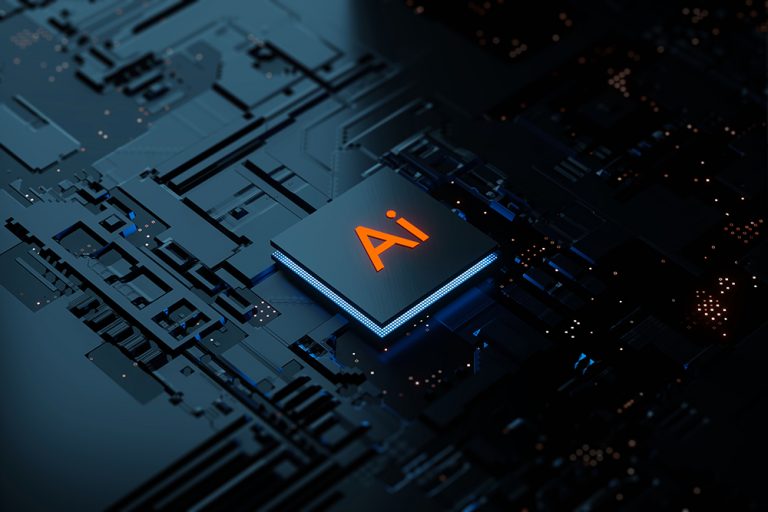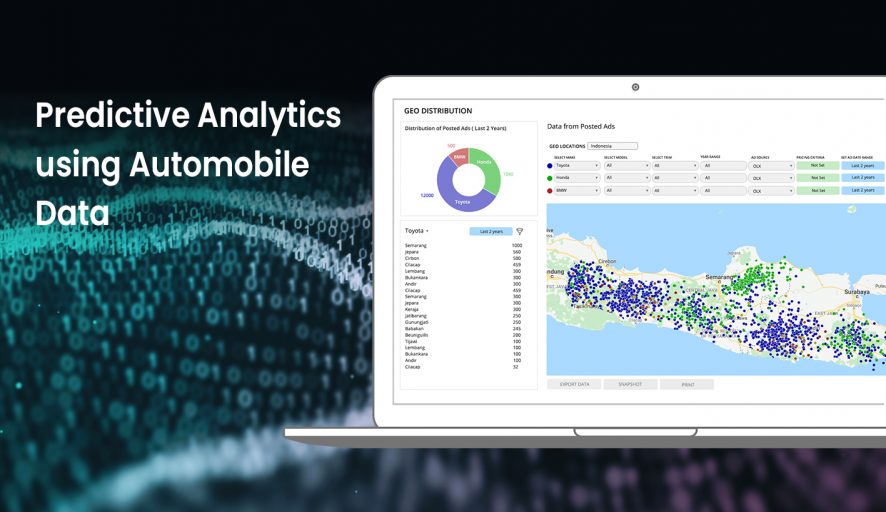Artificial Intelligence (AI)
The artificial intelligence system does not need to be pre-programmed; instead, it makes use of algorithms that are able to function using its own intelligence. It makes use of machine learning methods such as the reinforcement learning algorithm and deep learning neural networks, among others. There are a variety of applications for artificial intelligence, such as Siri, Google’s AlphaGo, using AI to play chess, etc.
There are three distinct types of artificial intelligence, each distinguished by the characteristics they offer:
Weak AI
General AI
Strong AI
Machine Learning (ML)
Without being specifically programmed, a computer system can learn how to anticipate the future or make certain decisions by analysing previous data through the process of machine learning. In order for a machine learning model to accurately create results or make predictions based on the data it has access to, machine learning requires a significant amount of data that is either fully or partially organised.
The algorithms that power machine learning are designed to discover new information on their own by analysing past data. It is only applicable to certain fields; for example, if we are developing a machine learning model to identify photographs of dogs, the model will only return accurate results for canine photographs; but, if we add additional data, such as a cat photograph, it will stop responding to our input. Machine learning is currently being utilised in a wide variety of contexts, including online recommender systems, the search algorithms used by Google, email spam filters, Facebook’s auto friend tagging suggestion, and many more.
It can be broken down into the following categories:
Supervised learning
Reinforcement learning
Unsupervised learning






